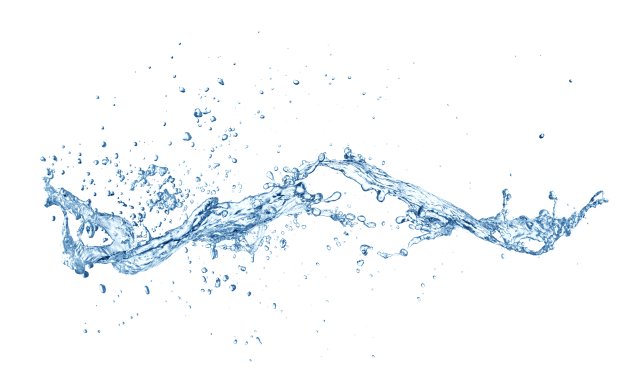EPA Researchers Partner with the Minnesota Department of Health to Screen for Chemicals of Health Concern in Water
Published June 7, 2023

There are many different chemicals that are released into our environment, and the ability to characterize human exposure and risk of every one of those chemicals is limited. Because information about these chemicals and their sources is limited, it’s difficult to know which chemicals are of highest concern, and regulatory agencies struggle to determine where they should focus efforts. To help alleviate this problem, EPA partnered with the Minnesota Department of Health (MDH) to develop an automated screening process to determine chemicals of greatest exposure concern from ingestion for further investigation. Exposure, along with toxicity, is one part of determining risk from chemicals in the environment.
The MDH, under its Contaminants of Emerging Concern Initiative, uses a standardized process to screen potential water contaminants for further evaluation based on toxicity and exposure potential. The exposure screening process looks at physical properties, release potential, and occurrence of the chemicals in water. Chemicals with high toxicity and high exposure potential are most likely to undergo further evaluation. However, MDH recognized that the process could be improved.
MDH partnered with EPA to accelerate the screening process by automatically accessing relevant exposure data and tools. The automated process incorporated information from 27 EPA and non-EPA data sources related to persistence and fate, release potential, water occurrence, and exposure potential. These data sources included EPA databases containing high-throughput exposure data and chemical property predictions (which are also available via EPA’s CompTox Chemicals Dashboard).
Using the databases and data specific to Minnesota, EPA developed an automated process to screen chemicals quickly. The output is a summary report for each chemical including a score indicating the chemical’s exposure concern. To ensure the new and improved process worked well, EPA and MDH used the automated process to score chemicals that MDH had already scored using their current, slower process. The results showed reasonable agreement between the exposure scores for the chemicals screened by MDH and the chemicals screened by the new automated process, although the agreement depended on data availability.
EPA continues to work with MDH to refine their process, including using new data or machine-learning models for chemical occurrence in water, and further improve exposure scoring. This automated process can be used to screen large chemical libraries and expand the number of chemicals examined. This work will help Minnesota prioritize chemicals for further testing and action, is advancing the science of chemical screening, and will free up time for in-depth assessments for the Contaminants of Emerging Concern program.
Learn more about Chemical Safety for Sustainability Research.
Learn more about Rapid Chemical Exposure and Dose Research.
Learn more about this study in the published research paper: Screening for Drinking Water Contaminants of Concern Using an Automated Exposure-Focused Workflow.
